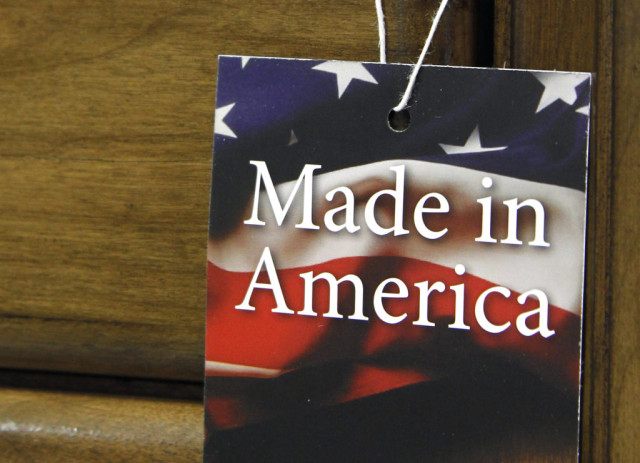Despite the U.S. trade deficit jumping by 10 percent in May, American manufacturing indicators saw a big jump in June that suggest there should be no recession in the 2016 election year.
The Bureau of Economic Analysis announced on July 6 that the U.S. goods and services deficit was $41.1 billion in May, up $3.8 billion from $37.4 billion in April. May exports were down slightly to $182.4 billion, while May imports were $223.5 billion, up $3.4 billion from April imports. The deficit was only $1 billion more than expected, and almost all the increase was imported goods.
Due to increasing outsourcing, American multinational corporations in the manufacturing sector now employ about 50 percent of their workforce outside the States. That explains why the Federal Reserve disclosed on July 1 that ‘U.S. Factory Orders’ had declined through May for 19 consecutive months in a row.
But going forward, it appears that manufacturing is about to accelerate. The Institute of Supply Chain Management’s “Manufacturing Purchasing Managers Index,” which had fluctuated for the last three months at just barely above the neutral “50 index range,” surged by a strong 1.9 percentage points to a 53.2 reading in June.
The index components were all moving in the right direction in June. The “growing faster” sectors included: 1) purchasing managers index; 2) production; 3) new orders; 4) backlog orders; 5) new export orders; and 6) imported materials. It was especially important that employment moved from contracting in May to growing in June.
The average PMI reading from January through June was a reading of 50.8, which corresponds to an expected increase in gross domestic product (GDP) of 2.4 percent on an annual basis. The higher June PMI number of 53.2 indicates that GDP should accelerate.
Because presidents control the timing of when they spend federal appropriations on projects and infrastructure, it is very unusual to suffer a recession during a presidential election year. The last presidential election year recession was under George W. Bush in 2008. The only prior presidential election year recession since the 1932 Great Depression was under Eisenhower in 1960.
The U.S. since 1854 has achieved 34 expansions and corresponding recessions. The duration of recoveries — from trough to peak — has averaged 39 months, with a median of 30 months. Recessions in modern times have been less frequent occurrences, because recoveries have been longer.
Since 1961, recoveries have lasted about eight years, on average. The longest recovery on record is the Bush-Clinton era one that ran from 1991 to 2000. It was followed by a seven-year recovery from 2001 to 2007. The current recovery since March 2009 has been over 7 years.

COMMENTS
Please let us know if you're having issues with commenting.